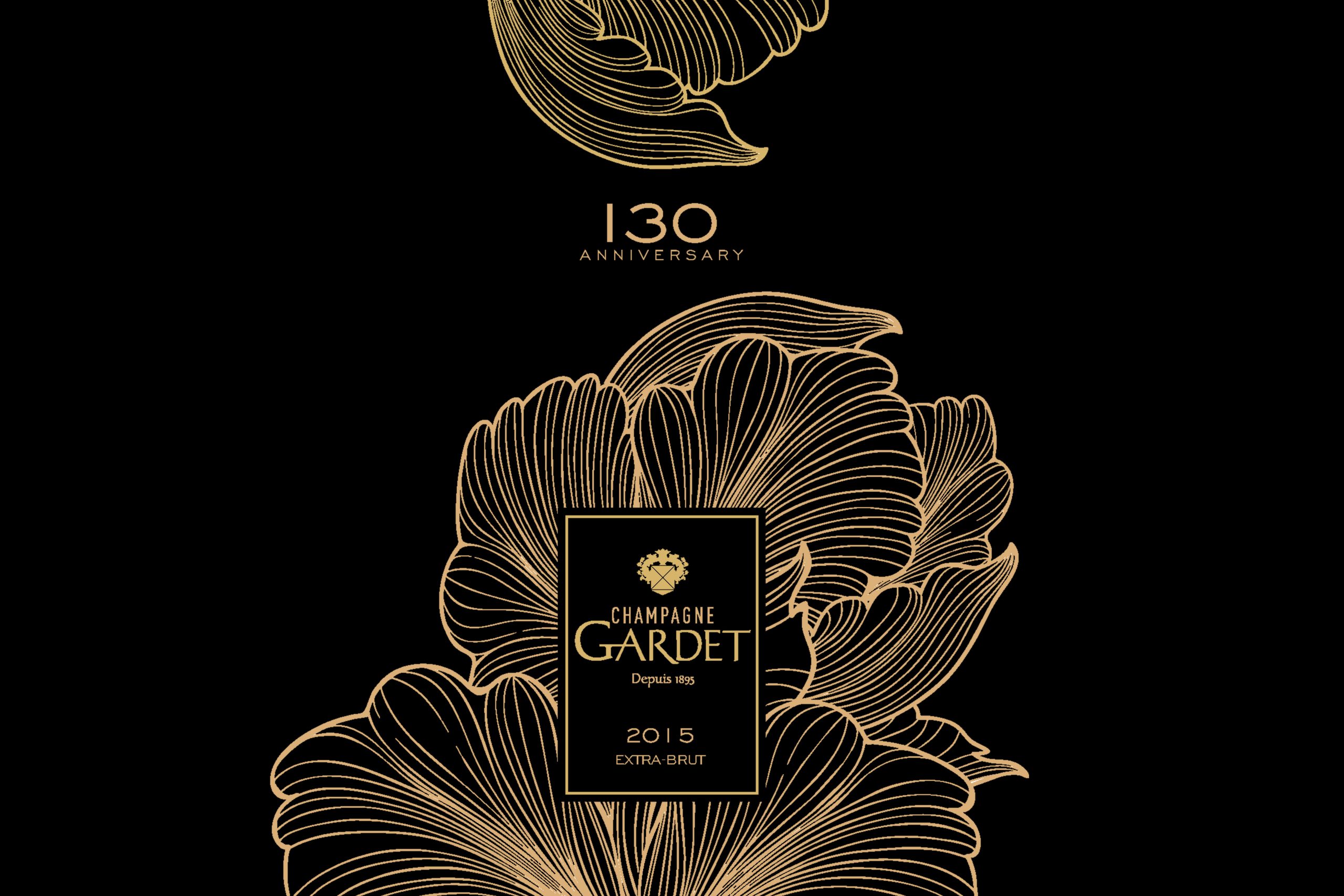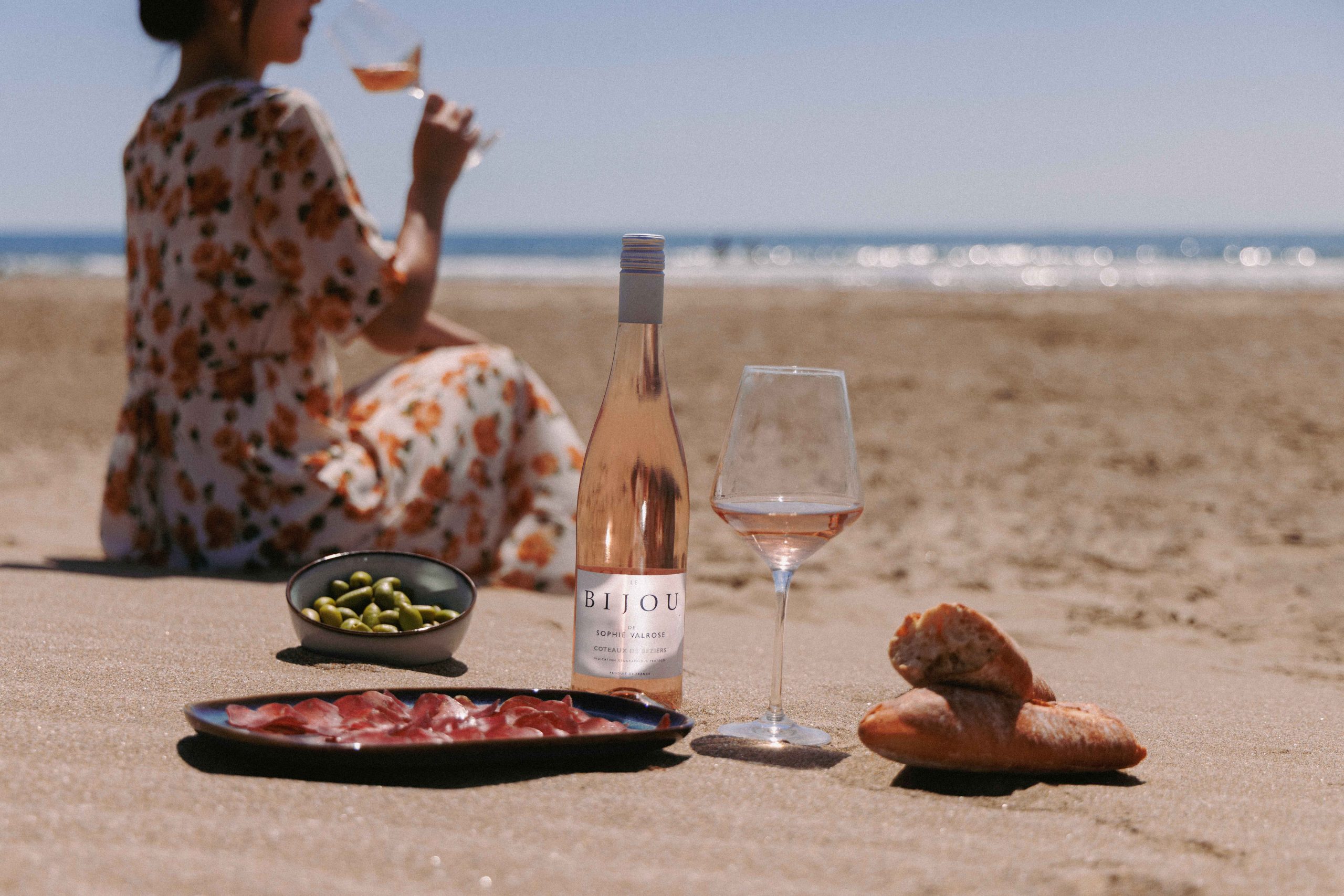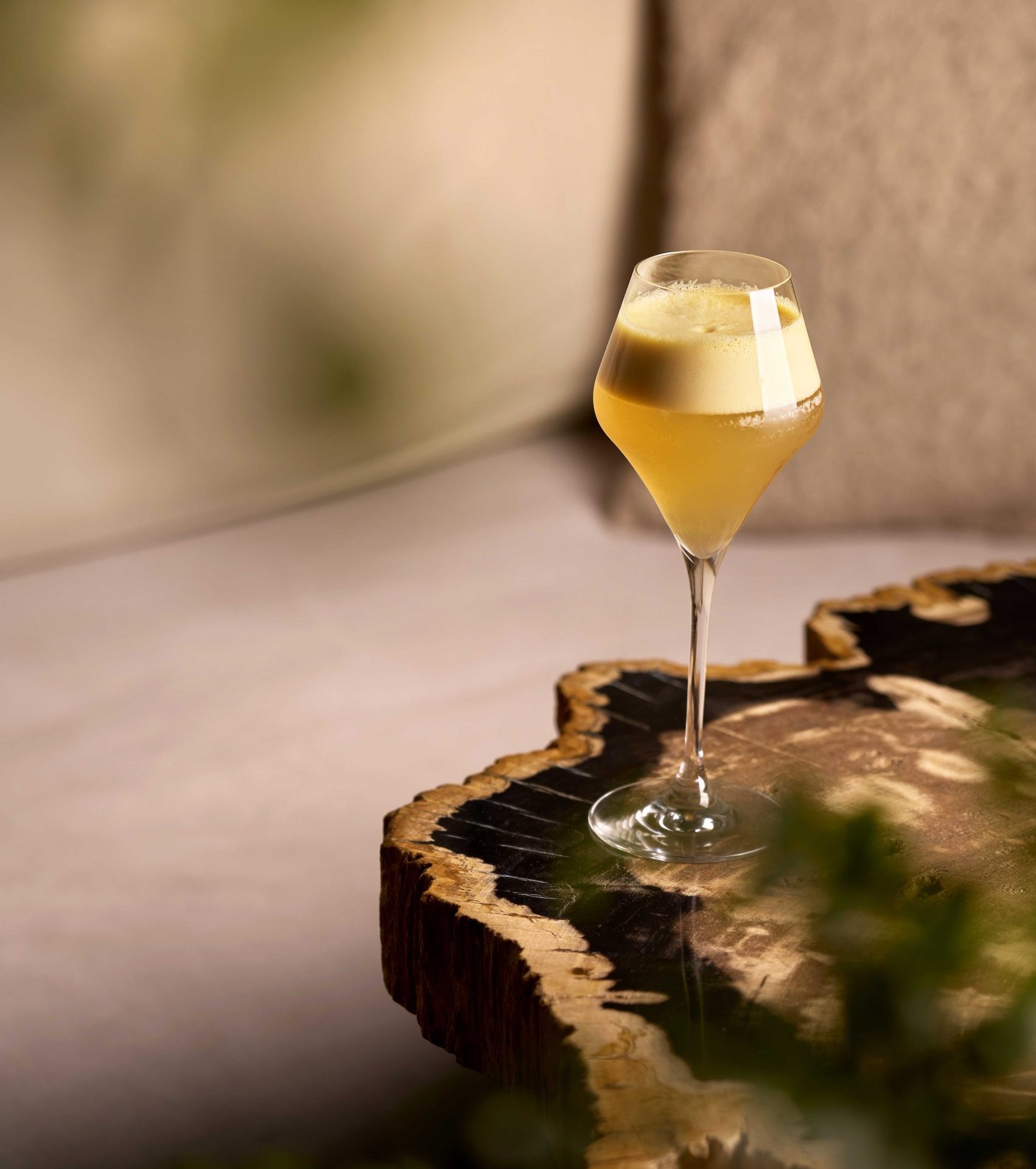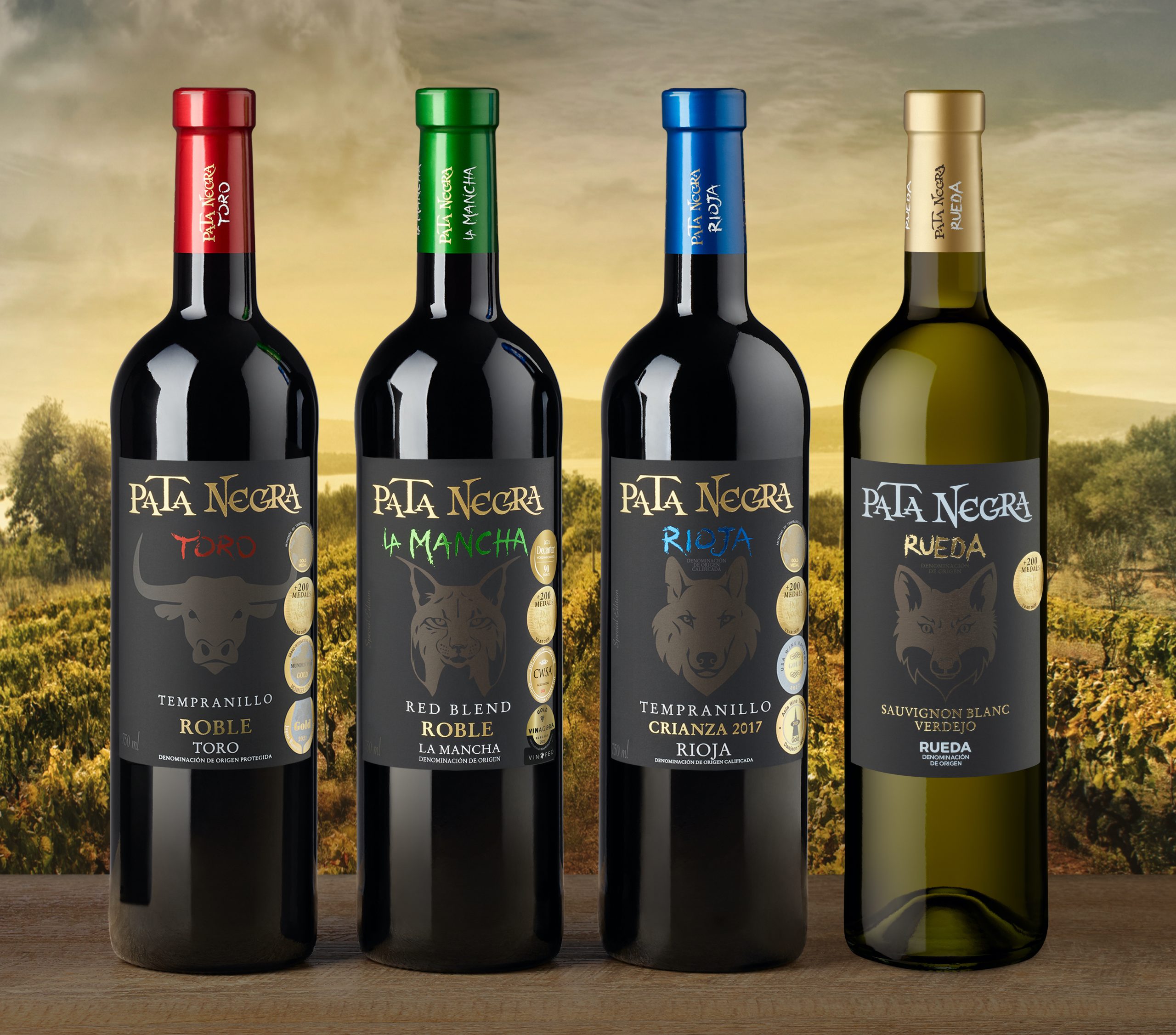What does pink Prosecco taste like?
By Patrick SchmittFollowing a comprehensive tasting last week of the latest pink Prosecco releases, db has compiled a guide on what to expect from the new category in terms of style and quality.

Having been given the green light this time last year, after a protracted period of waiting and, in some cases, campaigning, producers were allowed to label any pink sparkling wine made in the Prosecco DOC as Prosecco Rosé, or, to use the Italian, Rosato.
Before this permission was granted officially in May 2020, any pink fizz made in the region of Prosecco DOC could not carry the word Prosecco on the label – which is why some rosé fizz from well-known Prosecco brands were simply labelled as Italian sparkling wine, or spumante.
However, the official Prosecco Rosé DOC does come with rules on production, and any pink fizz bearing the word Prosecco on the bottle must be made with a base wine using a minimum of the standard white Prosecco grape of Glera blended with between 10-15% Pinot Nero (or Pinot Noir) to give the wine its pink appearance, and a touch of red fruit flavour.
There are also rules on maximum yields and ageing to ensure the release of this new pink variants are made to a high and consistent quality.
So what do they taste like? Having sampled a number of Prosecco rosés since the launch of the category, and then more recently, as part of a large tasting of new releases from the region, I have noticed a number of aspects to pink Prosecco, which I’ve outlined below in 5 parts, taking in the products’ look and taste.
1. The colour
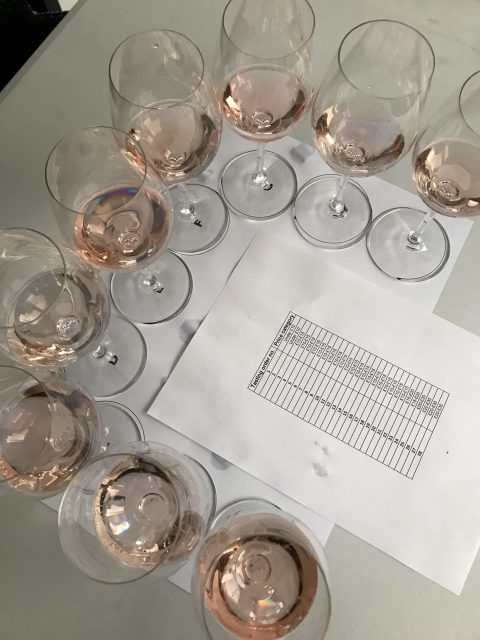
Notable among the 30 samples I tried last week was the shade of almost all the Prosecco Rosés, which was a pale salmon pink. There was very little variation from this, with some a little deeper, but essentially, it appears that there is a standardisation of colour with this new category, and one that mimics the shade of the most fashionable pink drink of our times: Provençal rosé.
2. The aromatics
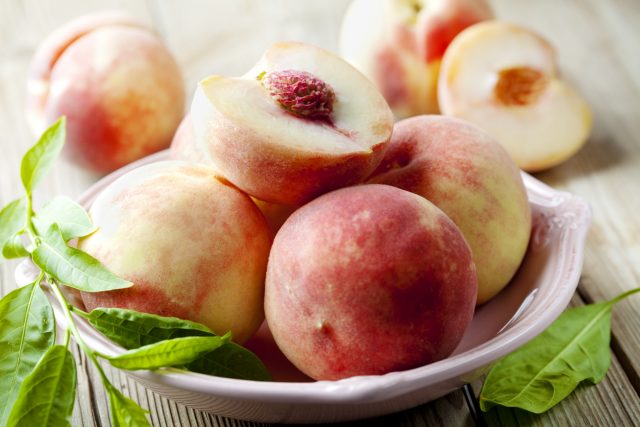
Partner Content
Aromatically, the pink Proseccos I sampled were, I’m pleased to report, all clearly, distinctly Prosecco. By this I mean they smelled of ripe, fresh, peach and pear fruit, like a white Prosecco, along with, in most cases, an additional, delicate layer of red berry fruit, and, in a few instances, a smell of pink bubblegum. In short, if you like the smell of Prosecco, you’ll like the smell of pink Prosecco – there’s no huge difference in aroma.
3. The flavours
If you think that Prosecco Rosé DOC starts life as three quarters standard Prosecco, with just a maximum 15% red wine addition, primarily to bring colour to the product, then it should come as no great surprise to learn that these new rosato Italian sparkling wines taste like the Prosecco you’ve been drinking for years. By that, I mean they have flavours of apples, pears and peaches, sometimes some honeydew melon, with floral notes, citrus, and, among the drier styles, a touch of chalkiness. These characters are all present in Prosecco Rosé, plus, due to the small quantity of Pinot Noir-based red wine, some further flavours that range from red apple, to ripe cherry, and occasionally, a touch of strawberry bubblegum – perhaps due to a winemaking approach known as carbonic maceration that tends to yield such a taste and smell, most famously in young Beaujolais.
4. The sweetness
Had one thought that pink Prosecco might be sweeter than its paler equivalent, from the samples I’ve tried, the new rosé variants come with similar sweetness levels, if not slightly lower ones. While ‘Extra Dry’ is the common descriptor for most Prosecco sold in mainstream retail, denoting a sugar level between 12-20 grams per litre of wine, most of the pink Proseccos appear to be classified as Brut, which is used for a drier variant, with anything between 0-12g/l. Looking at the exact sugar levels for the some 30 Prosecco rosés from the tasting last month, the majority were 12-15g/l, with outliers ranging from 9 g/l and even a lone ‘Brut Nature’ (less than 2g/l), and one perceptibly sweeter one with 16g/l. in short, the pink Proseccos were similarly fruity to their white counterparts, without an elevated sense of sweetness. Indeed, like most examples of this Italian fizz, rather than having a saccharine character, they seem to have a sweet fruity nature that reminds me of pear sorbet, with, in the case of these pink variants, a dash of ripe red berries too.
5. The quality
Finally, what about the quality of the wines? Like Prosecco, with its good and reliable quality standards, the pink variant is consistent in style and standard. Judging by the samples I’ve tasted, the long-standing Prosecco drinker won’t be disappointed, as this is a category that delivers wines with all the appeal of Prosecco, plus the prettiness of a pale pink appearance. Rosé fizz is currently only allowed in the DOC, not the historic and hillier DOCGs of Prosecco, but I did try some pink variants that were Gold-medal quality, in particular the rosé from Bottega, and, at a less expensive level, Villa Sandi too.
In short, adding a small amount of red wine to Prosecco has done nothing to diminish the quality, and, judging by the sell-out success of what has already been released to the market, it has certainly increased the appeal of this remarkably popular Italian sparkling wine.
I shall be following this report with a round-up of the best rosé Proseccos to try, which will feature on this site next week.
A summary
- Prosecco Rosé DOC was officially authorised for production in May 2020
- The majority of Prosecco Rosé DOC is pale salmon pink.
- Aromas range from peach and pear with a touch of red apple, cherry and strawberry bubblegum
- Flavours include fresh peach and ripe pear with some red berry fruit and a subtle sweetness, offset by a hint of crisp apple on the finish.
- Sweetness levels are similar to standard Prosecco, commonly ranging from 12-15g/l (which means they are labelled as Brut to Extra Dry).
- Prosecco Rosé DOC is generally consistent in style and standard; for now, there is no Prosecco Rosé DOCG.

